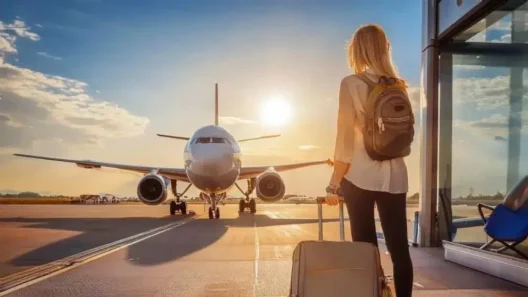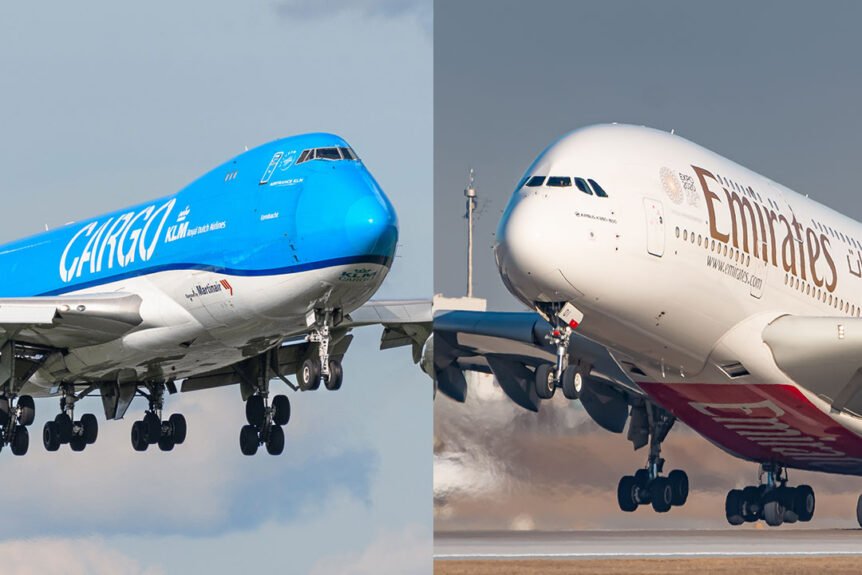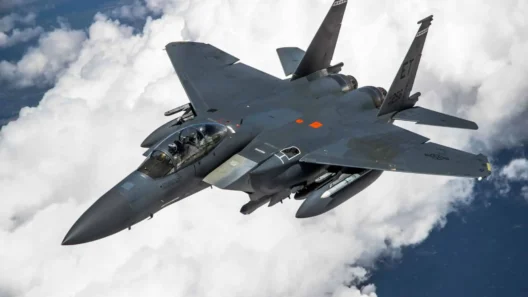They’re not just airplanes. They’re milestones. For decades, they’ve shaped the skies, each in its own way — Airbus A380 and Boeing 747. One pioneered long-haul travel, the other took size and passenger capacity to another level. And as both slowly edge toward retirement, it’s time to reflect on what made them unique — and what they leave behind.
Different Philosophies, Same Ambition: Build the Ultimate Jet
Boeing had the lead, creating the first true long-range widebody aircraft with the partial upper deck — the now-iconic “hump.” Airbus, arriving later, chose to go bold from the start: a full-length double-decker designed from scratch.
On paper, the 747-8 is longer at 76.3 meters, while the A380 tops out at 72.7. But size isn’t just about length. The A380 wins in height, width, and total cabin space. Thanks to its fully utilized upper deck, it can carry over 550 passengers in a standard configuration — a clear edge over the 747’s ~410 seats.
Standing under either aircraft is humbling. But walking through both decks of the A380? That feels like being in a flying hotel.
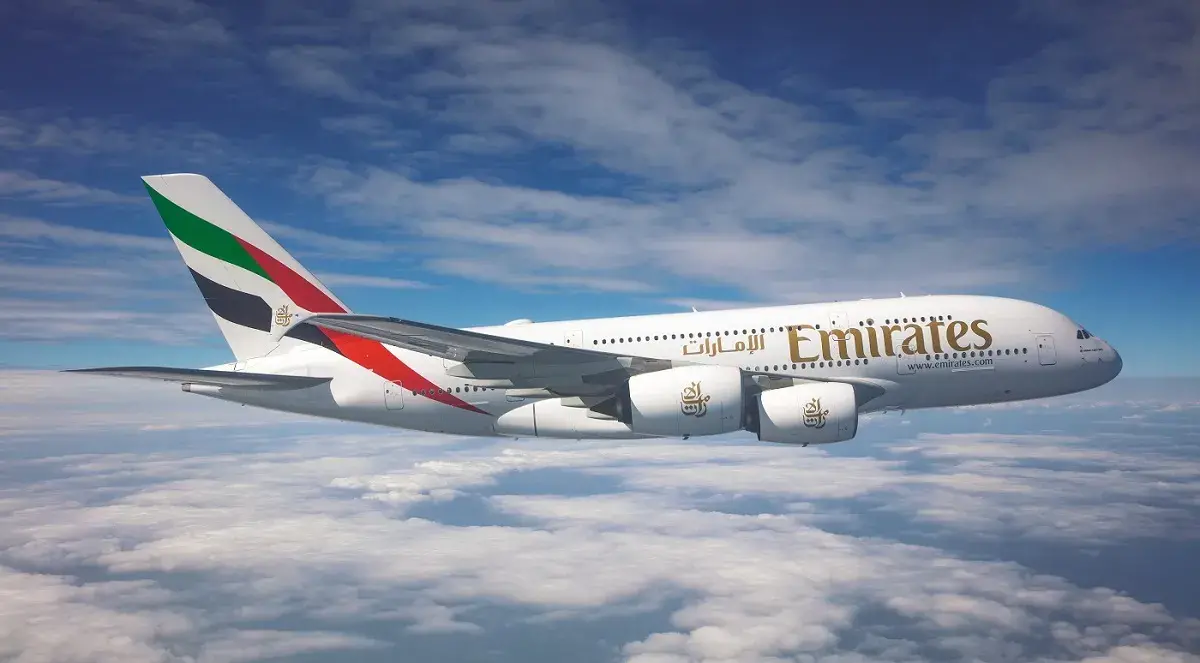
Range and Reach: Which One Goes Farther?
Long-distance flying is where both of these giants shine. The A380’s maximum range clocks in at 14,800 km, while the 747-8 follows closely at 13,650 km. Both aircraft can handle ultra-long-haul routes, but the A380 gives airlines just a little more flexibility — especially when carrying a full load.
Still, Boeing’s design has always emphasized versatility. Whether it’s flying people or cargo, the 747 has proven it can adapt to almost anything.
When Size Becomes a Burden
The A380 and 747 were launched with bold assumptions — that global air travel would keep growing and that giant hubs would remain the heart of air traffic. But things changed.
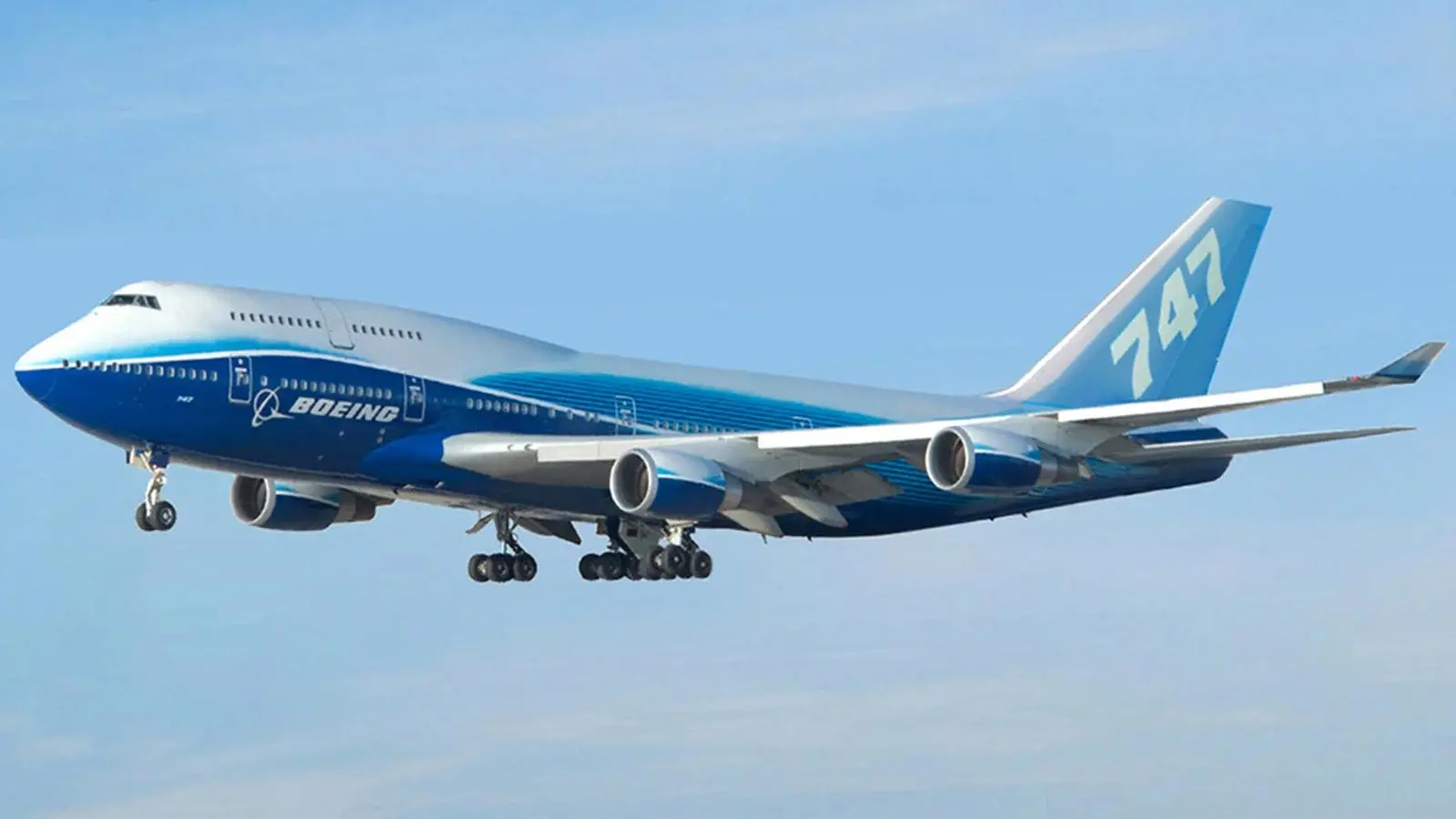
Point-to-point travel became the new norm. Passengers wanted direct flights, not transfers at megahubs. Twin-engine jets like the 787 Dreamliner and A350XWB offered comparable range with lower fuel burn and operating costs.
Then came 2020. As the pandemic grounded international travel, both aircraft were among the first to be parked. Many airlines declared them too big, too costly, too outdated for the new reality.
Back From the Grave?
Ironically, both aircraft are now making a comeback — not because airlines suddenly fell in love with four-engine jets again, but because supply chain delays are slowing down delivery of newer models.
Lufthansa and Korean Air have brought back both the 747-8 and A380. Emirates, the largest A380 operator, plans to keep the aircraft flying for at least the rest of the decade.
The reasons are pragmatic: demand is booming, and newer aircraft are in short supply. When your hands are tied, sometimes the only solution is to bring back the giants.
Their Legacy Lives On
Boeing’s 747 found a second life as a freighter. Its signature nose-loading feature made it a favorite among cargo operators, moving everything from machinery to satellites.
Airbus took a different route. The first-ever A380 built, MSN001, is now a flying lab for hydrogen propulsion. It’s part of the ZEROe project, Airbus’ effort to explore zero-emission flight by the 2030s.
The 747 became the backbone of cargo. The A380 became a platform for future technology. Both evolved far beyond what their creators had initially imagined.
My Personal Take
Flying on the 747 felt like stepping into history. That upper deck — the quiet space above the noise — was a sanctuary. I remember one flight from Frankfurt to San Francisco that felt almost like a private jet experience.
But the A380 changed the game for comfort. Emirates, Qatar, Singapore Airlines — they all knew how to turn the superjumbo into a premium flying experience. It’s smoother, quieter, more spacious. When you’re gliding over oceans in an A380, it’s easy to forget you’re in the air at all.
Why We May Never See Anything Like This Again
Let’s face it: The economics just don’t work anymore. Four engines? Too thirsty. Two decks? Too much real estate for not enough yield. The world now prefers flexibility and efficiency over spectacle.
Modern jets can do more with less. They fly farther, cost less to maintain, and pollute less. Airlines need smaller, smarter jets, not flying palaces.
And yet — that’s exactly what makes the A380 and 747 so special. They were bold, risky, unapologetically ambitious. In a world of optimization, they remind us that aviation was once about dreaming big.
The Final Verdict (For Now)
| Category | Airbus A380 | Boeing 747-8 |
|---|---|---|
| Length | 72.7 m | 76.3 m |
| Wingspan | 79.8 m | 68.4 m |
| Max Range | 14,800 km | 13,650 km |
| Typical Capacity | ~550 | ~410 |
| Production Ended | 2021 | 2023 |
| Still Flying | Emirates, BA, Qatar | Lufthansa, Korean Air, Freighters |
Want to fly one before they’re gone? Better book that ticket soon. These legends won’t roam the skies forever. But their legacy? That will never leave the runway.
Thinking about booking a flight on one of these giants? Before you do, try using a VPN to check fares in other regions — prices can vary drastically depending on your IP address.
Personally, I’ve saved over $100 just by switching to a server in another country. Worth a shot.


